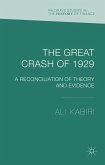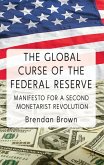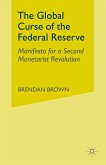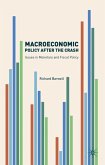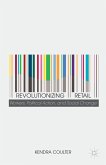Understanding the American stock market boom and bust of the 1920s is vital for formulating policies to combat the potentially deleterious effects of busts on the economy. Using new data, Kabiri explains what led to the 1920s stock market boom and 1929 crash and looks at whether 1929 was a bubble or not and whether it could have been anticipated.
"Kabiri's book provides a synthesis of the debates on the 1929 crash but also a new set of tests built on both existing and newly collected data to understand which forces drove the stock market to levels reached in the 1920s ... . book contributes to behavioral economics, estimating the rationality of the rise and fall in stock prices during the boom and bust as well as to history of economic thought, detailing financial theories and methods of the 1920s." (Raphaël Hekimian, EH Net, eh.net, August, 2015)


